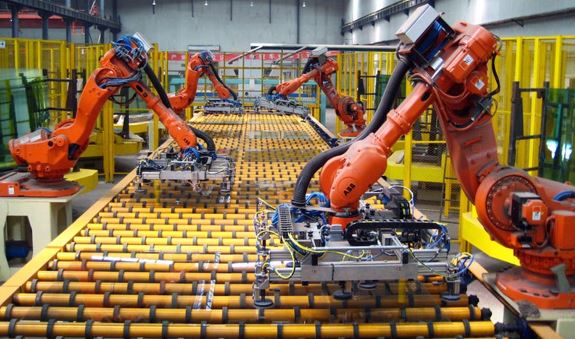Everyone is aware there is a current and growing shortage of workers within manufacturing, and elsewhere; we can get into why the shortage exists at another time. But what I would like to talk about today is what is happening in manufacturing to help combat this shortage.
One of the concepts being encouraged, recommended, and investigated is the implementation of automation into the manufacturing environment. While automation may have its place in tasks that can be dirty, dull, or dangerous; I’m seeing more discussion of it being incorporated in more aspects of manufacturing as a panacea to the labor market. To quote a prominent college football analyst… “Not so fast my friend”.
I struggle with my golf swing occasionally, and when I do, those swing aids that I see popping up on my feed are tempting, but what typically helps is the adage: go back to the basics…grip, alignment, ball position. The same holds true in a manufacturing environment…go back to your operational basics, is what I am recommending to manufacturers that are contemplating diving into full automation mode.

So, what are the basics? Well, it depends upon the type of manufacturer you are and the type of product that you are selling.
- If you are a job shop with make to order products; you need to be flexible, have good communication and have a handle on your capacity and scheduling.
- If you have repeat orders and can make to order and/or make to stock; you can add inventory control to the list of basics that is necessary.
- If you are a repetitive manufacturer; add supply chain expertise to your basic capabilities.
Only when you have your basics and system capabilities under control do you want to contemplate diving into adding automation into these areas. Get your house under control, you do not want to automate the chaos. Improve your current operational tasks by stabilizing, standardizing, and simplifying the required duties.
Some issues to consider before automating…In what area do you want to automate? Where will be the biggest impact to implement automation? Another consideration before implementing automation is resources. Who do you have on staff with the knowledge to investigate, purchase, program, troubleshoot and potentially repair the automation? This is for both “off the shelf” automation as well as “hard” automation (i.e. design and build specific system).
Before you spend time and money on a new automation project – assess what is happening now, go back to the basics…identify where the wastes are and reduce or eliminate these wastes first. Once this is accomplished, if automation is still on your radar; it will make the best area for automation implementation much easier to identify. But there are still other issues to consider.
_______________________________________________________________________


